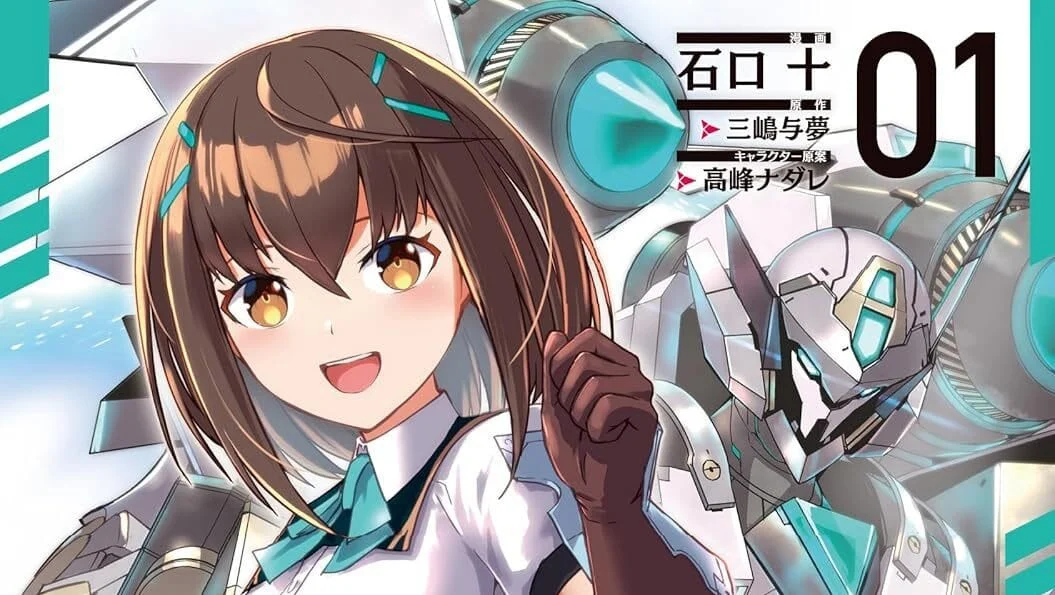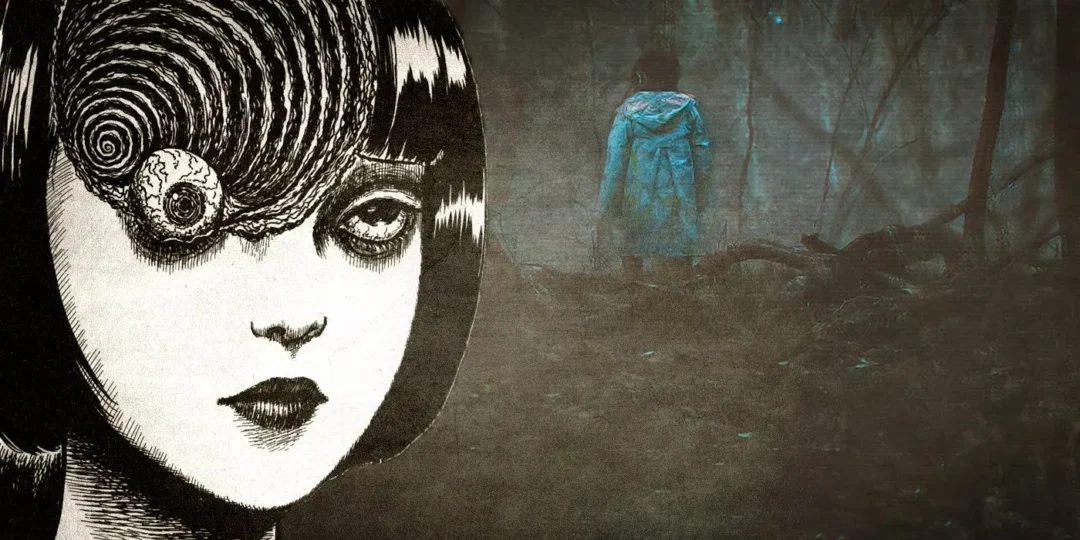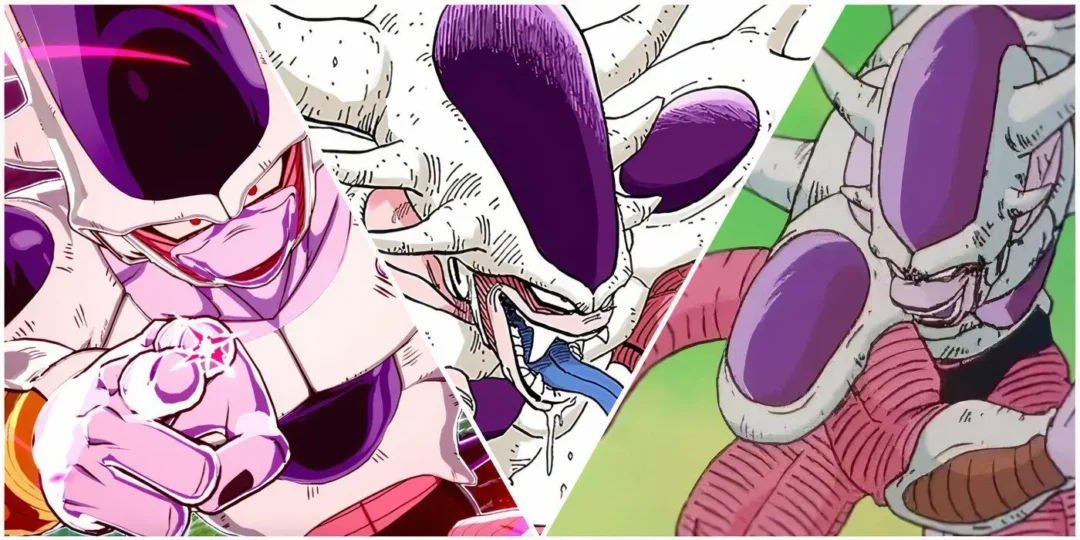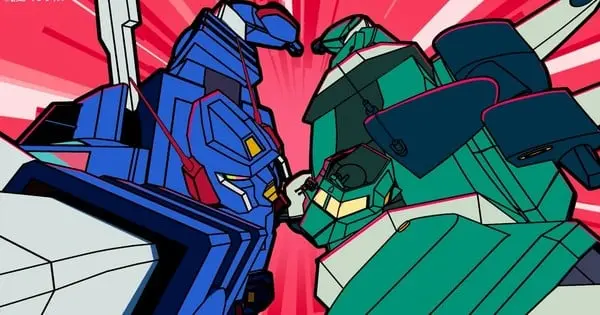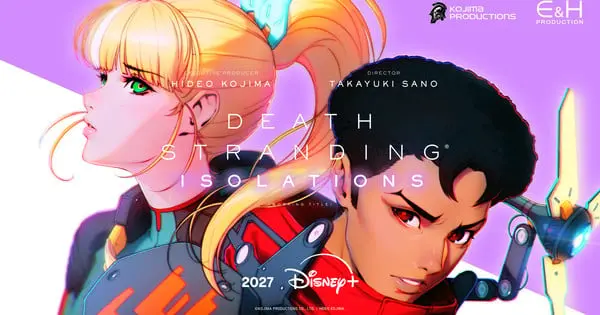Bandai Namco Filmworks has officially released its latest “experimental video” for the classic mecha anime series Blue Gale Xabungle, titled Blue Gale Xabungle Side R. The video, which debuted on November 13, 2025, is part of the ongoing “Sunrise Robot Laboratory” project, aiming to reintroduce and recontextualize classic Sunrise mecha properties with modern animation techniques and fresh perspectives.
Exploring the ‘Sunrise Robot Laboratory’ Initiative
The “Sunrise Robot Laboratory” is an initiative launched by Bandai Namco Filmworks (formerly Sunrise) in May 2024. Its core purpose is to “study and speculate on the Sunrise mechanics created to date from various perspectives” and to “communicate the appeal of anime, a Japanese culture, to the rest of the world”. This project breathes new life into iconic robot anime through “experimental videos” that blend classic elements with contemporary animation.
The project previously released two videos for Aura Battler Dunbine in 2024, an “L” (Legacy/Legend) side and an “R” side. Following this, Blue Gale Xabungle became the second series to receive this modern visual upgrade, with “BLUE GALE XABUNGLE SIDE L” released in May 2025. The “Side L” video recreated the original opening and familiar scenes using modern animation technology, incorporating both old and newly produced footage.
The Vision Behind ‘Side R’
The newly released Blue Gale Xabungle Side R video takes a different approach from its “Side L” counterpart. While “Side L” focused on recreating legacy, “Side R” aims to reimagine and recontextualize elements of the original anime through a “different perspective” from younger creators. The production team, including Bandai Namco Filmworks and Kamikaze Douga, focused on the vitality and energy inherent in Combat Mecha Xabungle.
A notable aspect of Side R is its collaboration with The Idolm@ster Shiny Colors. The theme song for Blue Gale Xabungle Side R is a new track titled “Ranburu” (乱舞る), performed by Houkago Climax Girls, one of the idol units from The Idolm@ster Shiny Colors. The lyrics, composition, and arrangement for “Ranburu” were handled by the melodic hardcore band TOTALFAT. This unique collaboration aims to merge the energetic singing of the idol unit with the western-style robot anime, offering a fresh take for both new and old fans.
The director of Side R commented on the intention to make the video visually enjoyable and approachable for those new to Xabungle, focusing on the comicality of the movement, and the charming robots and characters, rather than complex settings or human drama which are extensively covered in the original TV series.
The Enduring Legacy of Combat Mecha Xabungle
Combat Mecha Xabungle, also known as Blue Gale Xabungle, is a Japanese mecha anime television series created by Nippon Sunrise (now Bandai Namco Filmworks) and directed by the acclaimed Yoshiyuki Tomino, known for his work on Mobile Suit Gundam. The series originally aired weekly from February 6, 1982, to January 29, 1983, on Nagoya TV and TV Asahi networks, totaling 50 episodes.
The story is set on the planet Zola, where two societies exist: the Innocent and the Civilians. The plot follows Jiron Amos, a young man seeking revenge against the outlaw Timp Sharon, who murdered his parents. In Zola, civilian crimes are typically forgiven if not brought to justice within three days, but Jiron’s pursuit extends beyond this period. His quest leads him to steal the titular Walker Machine Xabungle and team up with a group of bandits known as the Sand Rats. This journey inadvertently sparks a rebellion against the ruling Innocent.
The series is known for taking a lighter tone compared to some of Tomino’s other works, blending elements of drama, action, fantasy, comedy, war, westerns, and science fiction. Promotional toys were produced by Clover during its original run. A compilation movie, Xabungle Graffiti, which included new footage and a different ending, was released in July 1983.
Key staff involved in the original series included mechanical designers Kunio Okawara and Yutaka Izubuchi, character designer Tomonori Kogawa, and composer Kōji Makaino. The anime has been licensed by Maiden Japan and released on home video in North America.
The “Sunrise Robot Laboratory” continues to honor and evolve the legacy of these classic mecha anime, using modern technology to introduce them to new generations while delighting long-time fans with fresh interpretations.

